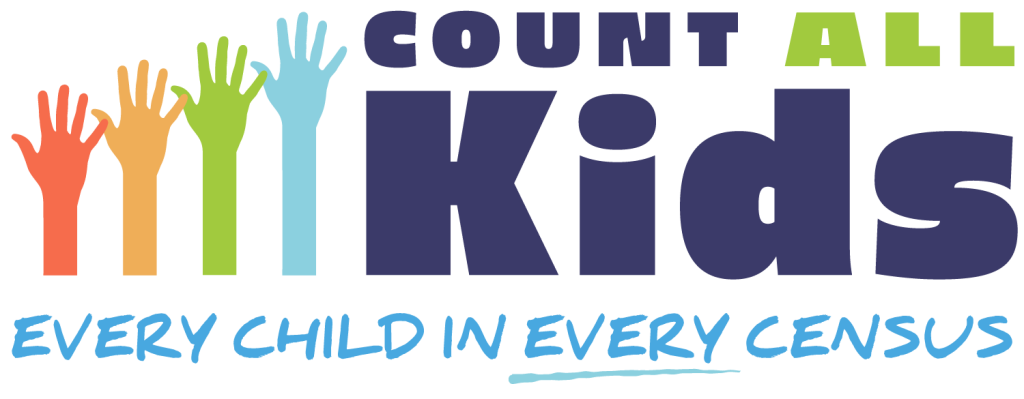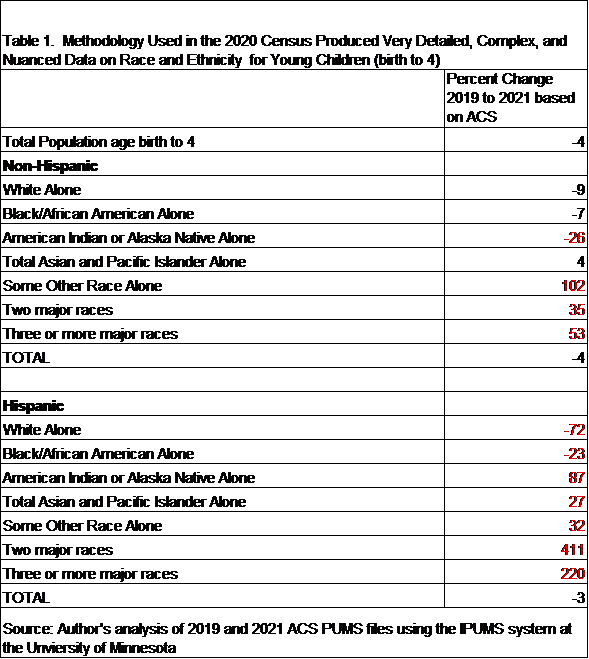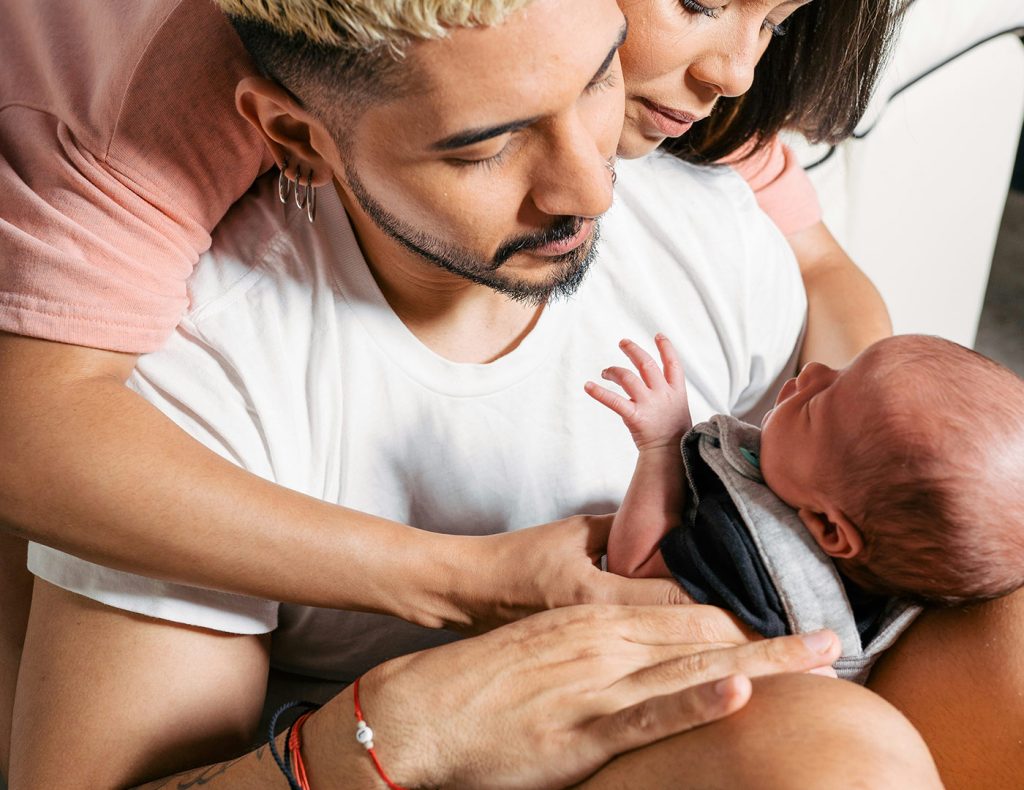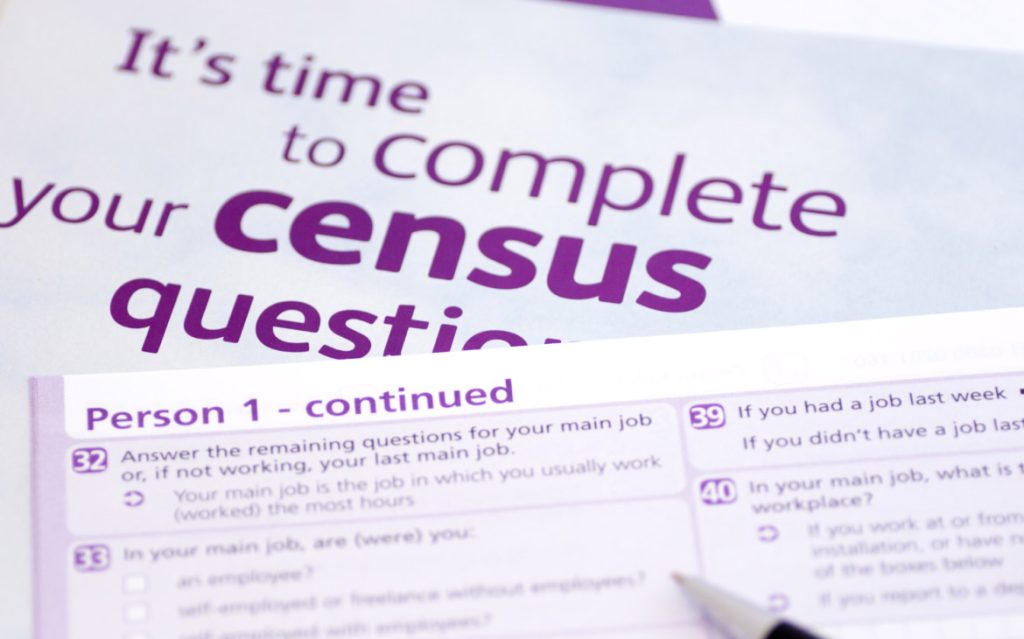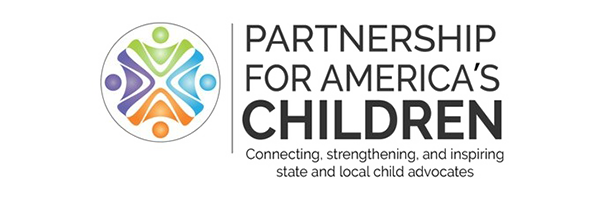April 12, 2023
To: Interested census stakeholders
From: Dr. William P. O’Hare, Consultant, Count All Kids Campaign
Re: Update on table presented at 3/21/23 Leadership Conference convening on proposed revisions to OMB Statistical Policy Directive 15
After receiving several inquiries about data I presented at a recent convening hosted by the Leadership Conference on Civil and Human Rights, I thought it would be helpful to clarify and expand the information displayed in a specific table that sparked widespread interest.
The table that was part of my March 21st presentation is shown below as Table 1. The table focuses on the population age birth to 4 because it was prepared for the Count All Kids Campaign. This table is taken from a paper posted on the Count All Kids website in January 2021 (https://countallkids.org/resources/potential-problems-in-measuring-racial-change-among-young-children-using-data-from-the-american-community-survey/).
Table 1 was compiled to show the impact of the new methodology the Census Bureau used to collect, tabulate, and report data on race and ethnicity in the 2020 Census. It does not evaluate any of the major changes in the collection of race and ethnicity data currently being proposed by the U.S. Office of Management and Budget (OMB). Also note that Table 1 reflects the “race alone” tabulations for the major OMB race categories and for “Some Other Race,” The “race alone” concept is not as inclusive as the “ race alone or in combination” concept. Tabulations using race alone or in combination are shown in Table 2.
Table 2, below, shows changes between the 2019 and 2021 ACS in the number of young children (age birth to 4) and the total population (all ages) for the race alone or in combination tabulations. Table 2 shows that the number of young children (age birth to 4) in the Hispanic and Black alone or in combination category increased by 30,000 between 2019 and 2021 — a 9 percent increase. For the total population, the increase is more dramatic; the number of people in the Hispanic and Black alone or in combination category increased by 398,000 between 2019 and 2021 — a 17 percent increase. This analysis also demonstrates that race reporting for young children does not mirror race reporting for the population as a whole, a point that should be considered when viewing Table 1.
I hope these additional data help clarify the information I presented at The Leadership Conference event on March 21, 2023.
